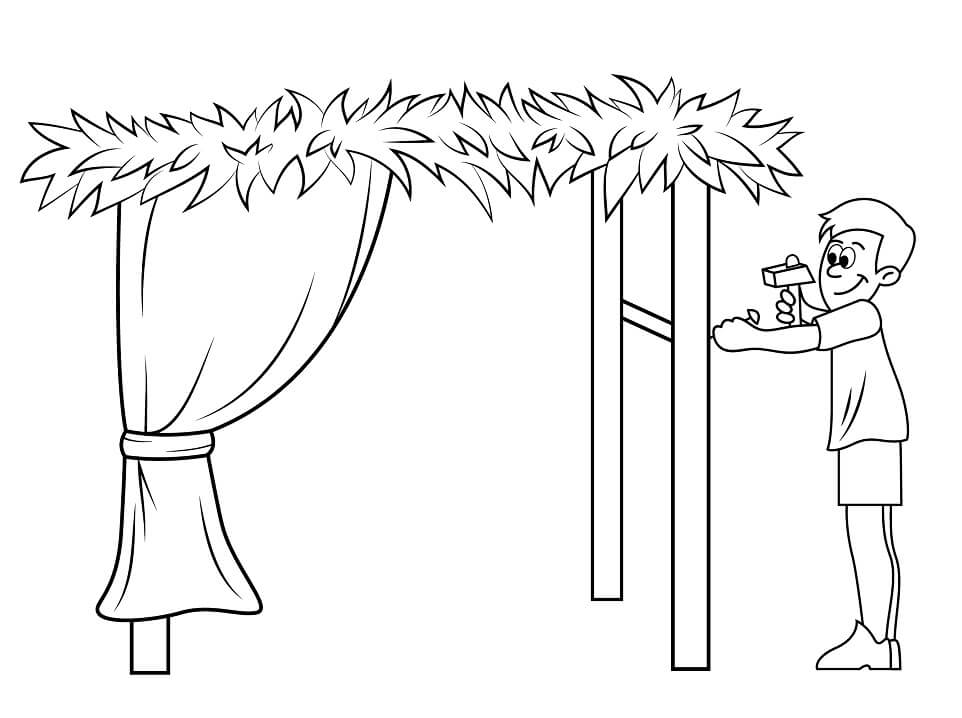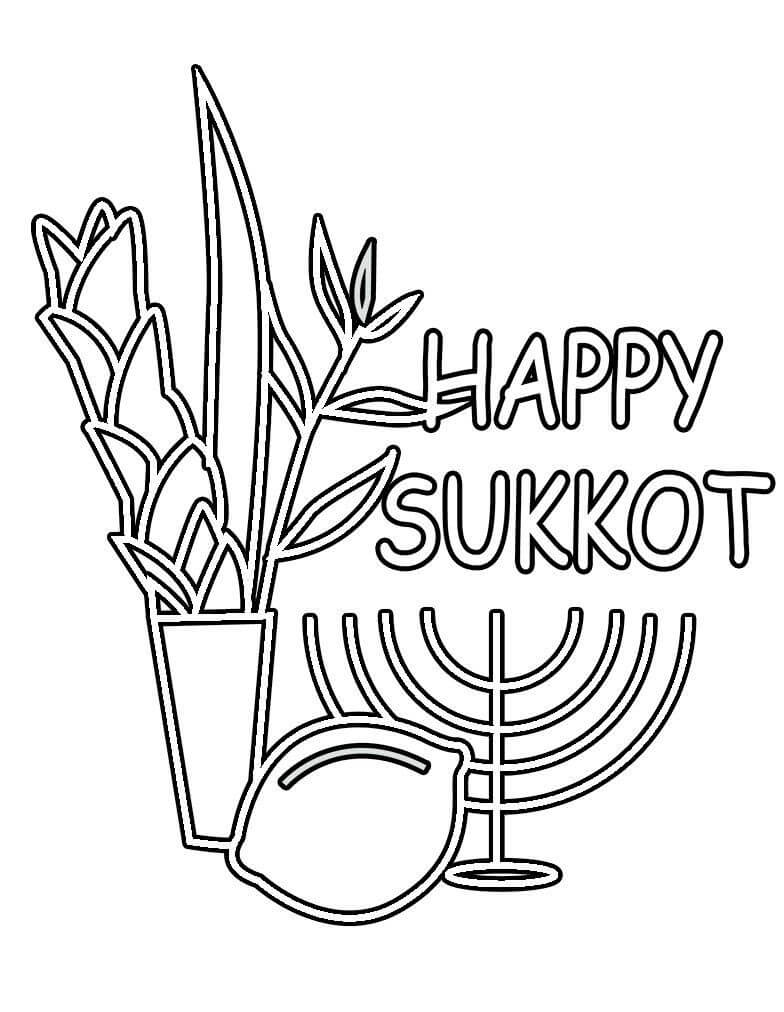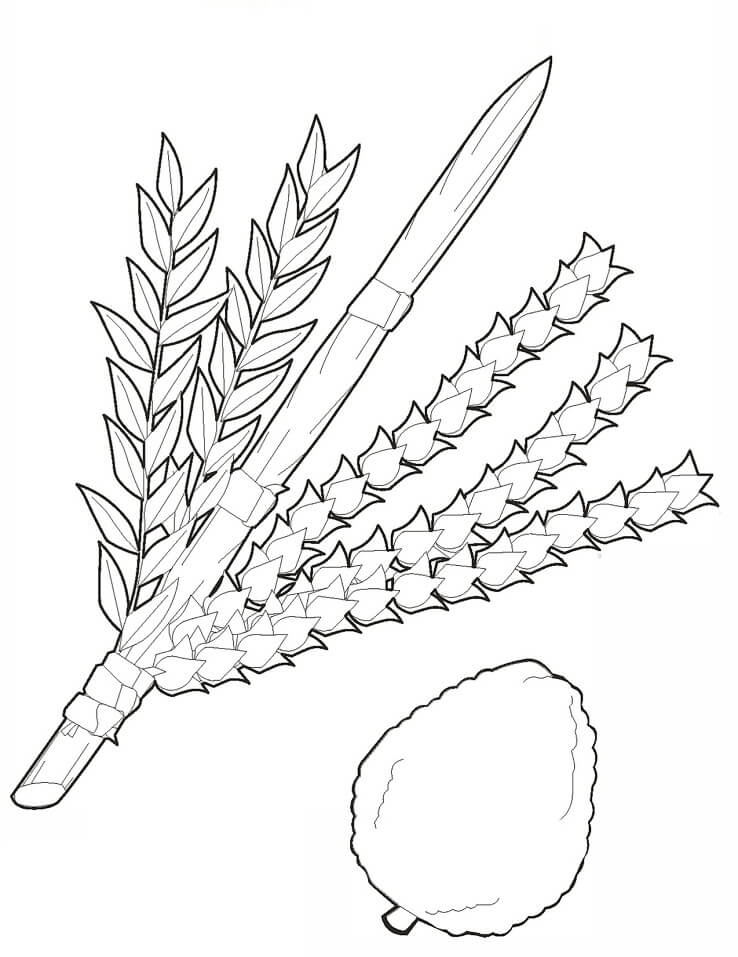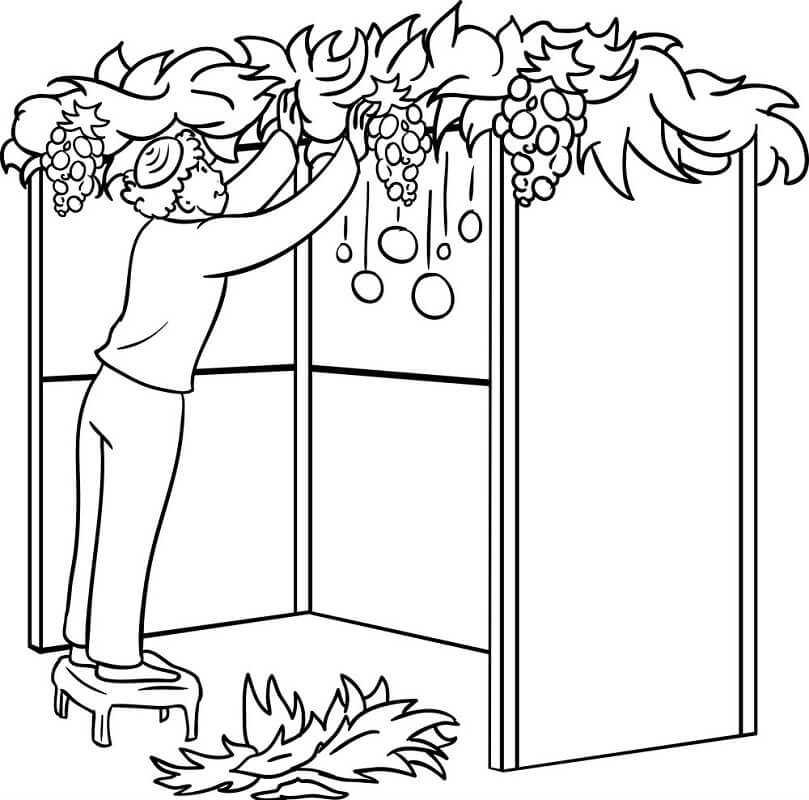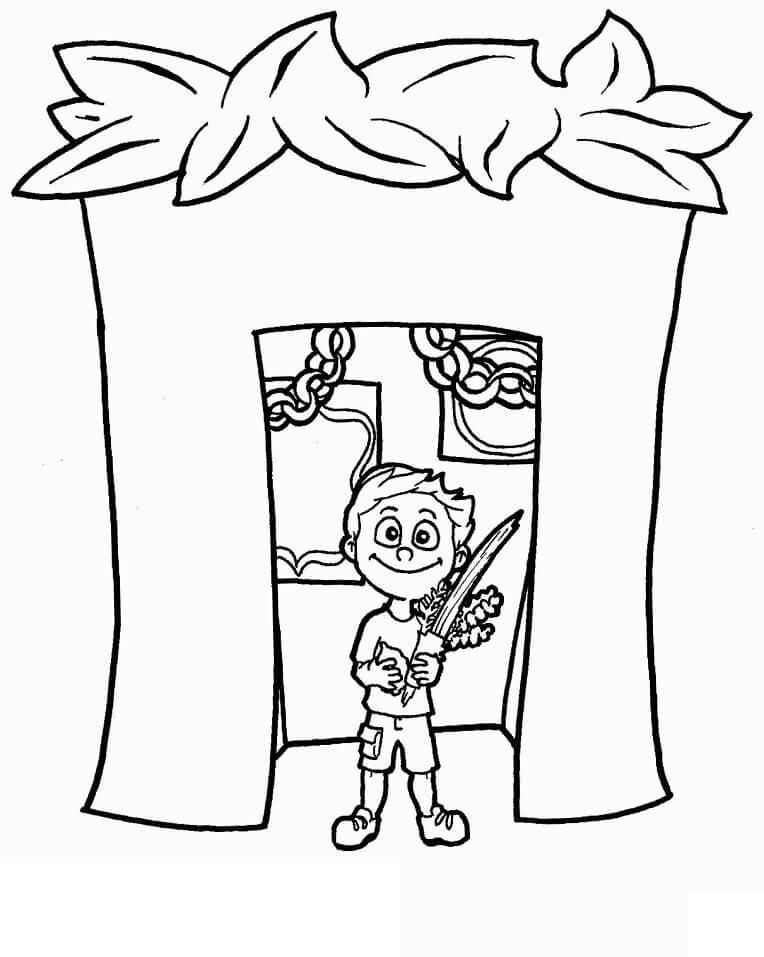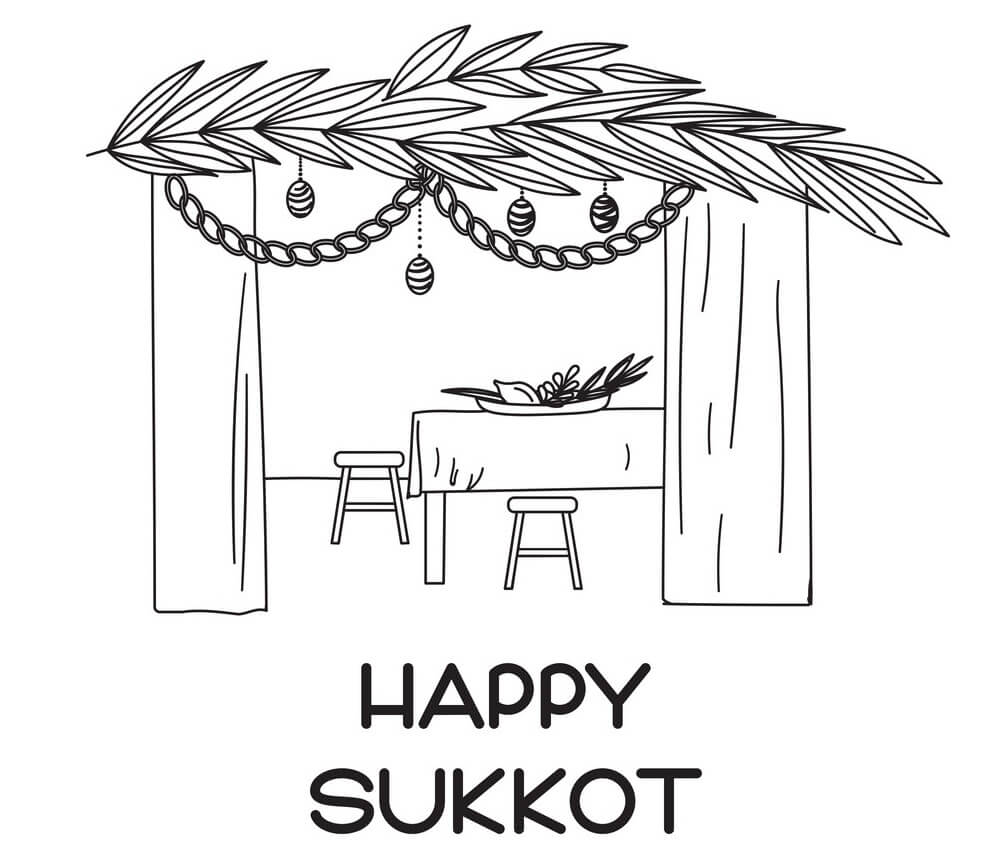Sukkot, also known as the Feast of Booths or the Feast of Harvest, is one of the three major pilgrimage holidays in Judaism, along with Pesach (Passover) and Shavuot (Weeks).
Sukkot begins five days after Yom Kippur (the Day of Atonement) and lasts for seven days. In Israel and in some Jewish liberal communities it is celebrated for seven days, while in the Diaspora (outside Israel) in traditional communities it is celebrated for eight days.
The name "Sukkot" comes from the word "sukkah," which means temporary hut. During the holiday, Jews spend time in sukkahs, which they build in their backyards or on terraces, reminiscent of the experience of the Israelites who lived in sukkahs during their 40-year wandering in the desert after the exodus from Egyptian slavery.
Traditions and rituals
One of the main rituals of Sukkot is the "rite of the four species" (arba'at ha-minim), which involves waving a bundle consisting of a palm branch (lulav), two willow branches (aravot), three myrtle branches (hadassim) and an etrog (a citrus fruit similar to a lemon). Waving these species in six directions symbolizes recognition of God's omnipresence.
Sukkot is also a time of joy and hospitality. Families and friends are often invited to the sukkah for meals and celebrations. In some communities, it is customary to invite symbolic guests, called uszpinim, who are spiritual representations of biblical figures such as Abraham and Moses.
Sukkot in an agricultural context
Originally, Sukkot was a holiday associated with the harvest, when Israelites thanked God for the blessing of the crops. In this context, Sukkot is sometimes also called the Feast of the Harvest (Chag Ha-Asif).
End of Sukkot
The end of Sukkot is the time of two other important holidays: Shemini Atceret and Simchat Torah. Shemini Atceret, which means "eighth day of the congregation," is a separate holiday that ends Sukkot. Simchat Torah, which means "rejoicing in the Torah," is the day on which the cycle of annual Torah reading ends and begins anew.
Although Sukkot has both historical and agricultural significance, for many Jews it is primarily a time of joy, thanksgiving and fellowship.

